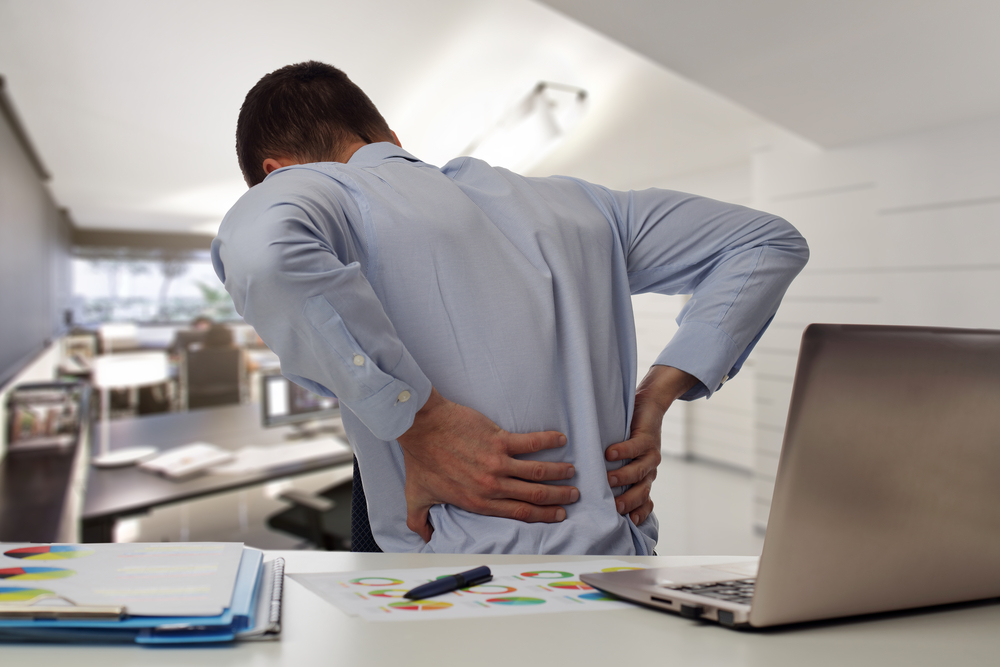Posture And Pain: Debunking A Myth
“Sit up right, pull your shoulders back, don’t slouch, or else we will develop bad posture!”
We hear it all the time. It’s been drilled into us since we were young, but, how much of it is the truth? Many patients come in with concerns about their posture and how it’s causing their neck and back pain. In this article, we’ll shine a light on the most common misconception pertaining to posture and pain.
What Defines Posture?
Posture isn’t fixed, it is highly variable to us in different situations and activities. There is no such thing as ‘perfect posture’ as it depends on the task, time, and variability of our posture in any given situation. Additionally, posture varies greatly between each individual.
Is “Bad” Posture The Cause Of My Aches And Pains?

Well, not necessarily. Studies demonstrate that the correlation and causation between posture and pain is not as strong as once thought. Keep in mind that pain is not a sign of injury or tissue damage, more so pain is the body’s warning sign.
Slouching at your workstation for 15 minutes is not likely to cause you to develop neck or back pain.
Time spent seated in one position is associated with a higher incidence of desk-related neck and pain than changing sitting position every 10-15 minutes. Think about it another way – should you look down all day as you use your phone, you run the risk of developing neck issues. Should you look down to use your phone periodically throughout the day, the risk lessens.
Understanding Our Bodies
Our bodies, and more importantly our spine, need and love movement. When we take away variability and movement, that is the moment where aches and pains begin to occur. We often blame our working posture for causing our neck and back pain when sitting at our workstation, when more often than not, it is the time we spent in one particular position that was the key driver for our ailments in the first place.
Sitting at your workstation all day with the best ergonomics chair is not going significantly reduce neck and back pain, as compared to regular movement. No matter how much variability we give our sitting posture over the course of the working day, being strong and active is the best way to prevent and minimise such problems.
Ways To Prevent Desk-Job Related Pains
- Optimise your workstation ergonomics
- Regular breaks away from your workstation
- Frequent exercise – moderate to vigorous intensity
- Sufficient rest
We’ve Got Your Back
If you’re still experiencing pain and tension despite your best efforts, seek help from a physiotherapist! A physio can help to tailor an exercise program to your specific body needs and with the considerations of your specific lifestyle and medical background.

